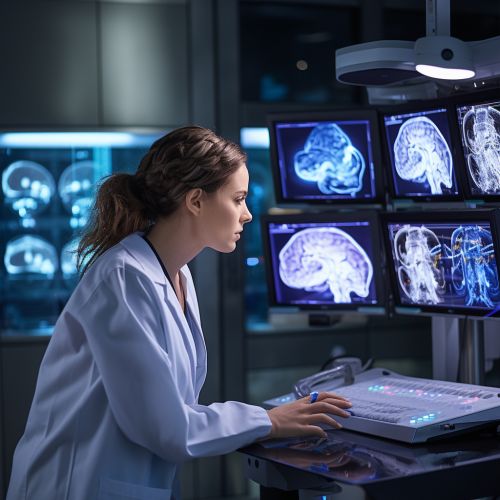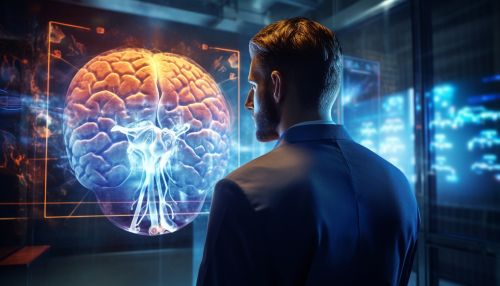Neuroscience
Introduction
Neuroscience is a multidisciplinary branch of biology that combines physiology, anatomy, molecular biology, developmental biology, cytology, computer science, and mathematical modeling to understand the fundamental and emergent properties of neurons and neural circuits. This field of study encompasses the entire nervous system, from the basic functioning of neurons to the complexity of the brain and the mechanisms that govern thoughts, emotions, and consciousness.

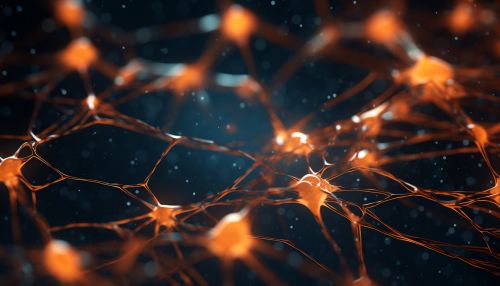
Historical Background
The study of the brain dates back to ancient Egypt. The earliest record of neuroscience is the Edwin Smith Surgical Papyrus, an ancient Egyptian medical text, which details treatments for various injuries, including those to the brain. However, it was not until the 19th century that neuroscience began to emerge as a distinct scientific discipline. Early pioneers in neuroscience, such as Broca, Wernicke, and Cajal, made significant contributions to our understanding of the brain's structure and function.
Neurons and Synapses
The fundamental building blocks of the nervous system are neurons, specialized cells that transmit information throughout the body. Each neuron is composed of a cell body, dendrites, and an axon. The cell body contains the nucleus and other organelles necessary for the cell's survival. Dendrites receive signals from other neurons, while the axon transmits signals to other neurons via specialized junctions called synapses.
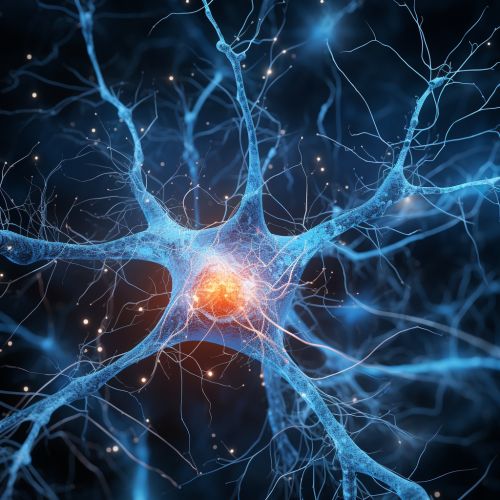

Neural Circuits and Systems
Neurons do not function in isolation; they form complex networks known as neural circuits. These circuits are responsible for various functions, from simple reflexes to complex cognitive tasks. At a higher level, groups of neural circuits form larger systems, such as the sensory systems, motor systems, and the limbic system, each with specific functions.
Neurotransmitters and Neuropharmacology
Communication between neurons occurs through chemicals known as neurotransmitters. These molecules are released from the axon terminal of a neuron and bind to receptors on the dendrites of another neuron, triggering a response. The study of these chemicals and their effects on the nervous system is known as neuropharmacology.

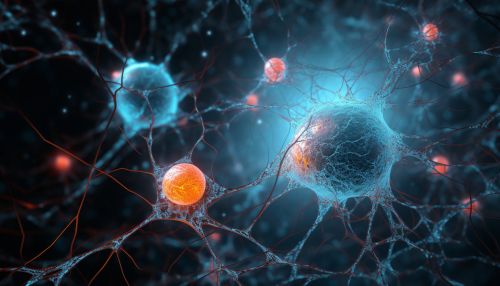
Neuroanatomy
Neuroanatomy is the study of the structure of the nervous system. It involves the examination of the different parts of the nervous system and how they are connected. The two major divisions of the nervous system are the central nervous system (CNS), which includes the brain and spinal cord, and the peripheral nervous system (PNS), which connects the CNS to the rest of the body.
Neurophysiology
Neurophysiology is the study of how the nervous system functions. It involves the examination of the electrical and chemical processes that occur in neurons and how these processes contribute to everything from muscle contraction to thought.
Cognitive Neuroscience
Cognitive neuroscience is a branch of neuroscience that studies how the brain enables the mind. It combines the principles of neuroscience with the study of cognitive psychology. This field seeks to understand how the brain supports functions such as perception, attention, memory, language, and consciousness.
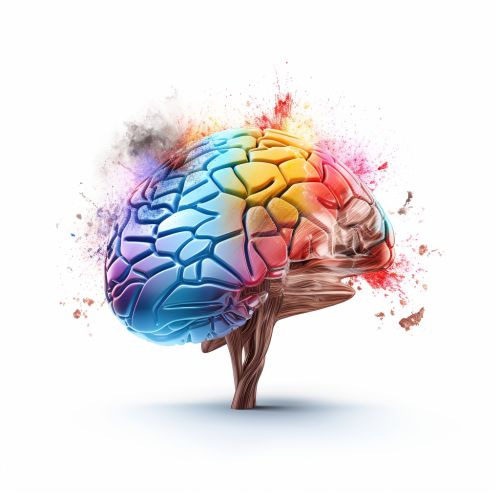
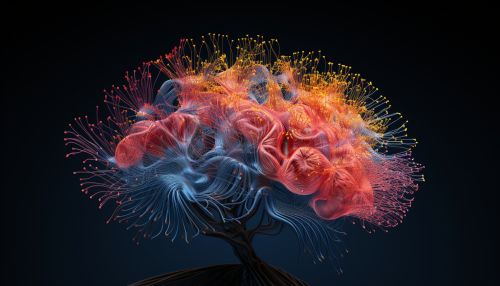
Clinical Neuroscience
Clinical neuroscience applies the principles of neuroscience to the diagnosis and treatment of neurological disorders. This includes diseases such as Alzheimer's, Parkinson's, multiple sclerosis, and stroke. Clinical neuroscientists use tools such as neuroimaging to diagnose these conditions and develop treatment strategies.
Neuroscience Research and Future Directions
Neuroscience research continues to expand our understanding of the brain and nervous system. Advances in technology, such as neuroimaging and genetic engineering, have opened new avenues for exploration. Future directions in neuroscience may include the development of new treatments for neurological disorders, understanding the neural basis of consciousness, and the potential for neural interfaces.
